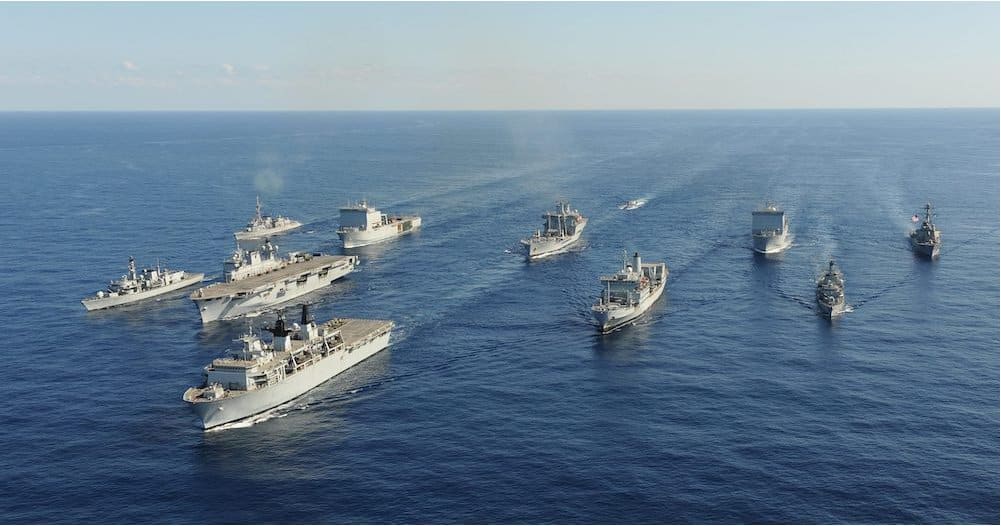Artificial Intelligence (AI) is being used by the Royal Navy for the first time off the coast of Scotland at sea as part of Exercise Formidable Shield. The AI applications (known as Startle and Sycoiea) are being used by Operational Experiment (OpEx) on the Type 45 Destroyer (HMS Dragon) and Type 23 Frigate (HMS Lancaster), which were tested against a supersonic missile threat.
As part of the Above Water Systems programme, led by Defence Science and Technology Laboratory (Dstl) scientists, the AI applications reportedly improve the early detection of lethal threat, accelerate engagement timelines and provide Royal Navy Commanders with a rapid hazard assessment to select the optimum weapon or measure to counter and destroy the target.
“It’s vital that our brave and highly skilled Armed Forces stay ahead of the game for the security of the United Kingdom and our allies,” said Scottish Secretary, Alister Jack. “The Royal Navy’s use of A.I. for the first time at sea is an important development in ensuring readiness to tackle threats we may face. I’m proud to see that two Scottish built Royal Navy vessels are at the heart of this exercise in the waters off the Hebrides.”
To ensure the new AI work alongside existing radar and combat management systems, Dstl has worked with industry partners Roke (Startle App), CGI (Sycoiea App) and BAE Systems. Providing live recommendations and alerts, the Startle A.I. system is designed to help ease the load on sailors monitoring the ‘Air Picture’ in the Operations Room. Whereas, the Sycoiea system builds upon this with Threat Evaluation and Weapon assignment identifying the nearest threat and how best to deal with it.
“Dstl has invested heavily in the systems that are installed at the moment, but it’s imperative that we continue to invest to make sure that the Royal Navy remains relevant now and in the future,” said Dstl’s Programme Manager, Alasdair Gilchrist MBE. “Being able to bring A.I. onto the ships is a massive achievement, and while we can prove the A.I. works in the labs, actually getting Navy personnel hands on is brilliant.”
The Ministry of Defence is set on investing in AI as well as increased automation to transform capabilities as the Armed Forces adapt to meet future threats, which will be supported by the £24bn uplift in defence spending over the next four years. HMS Lancaster and HMS Dragon are currently trialling the use of AI as part of a glimpse into the future of air defence at sea.
“Observing Startle and Sycoiea augment the human warfighter in real time against a live supersonic missile threat was truly impressive – a glimpse into our highly-autonomous future,” said HMS Lancaster’s Weapon Engineer Officer, Lieutenant Commander Adam Leveridge.





